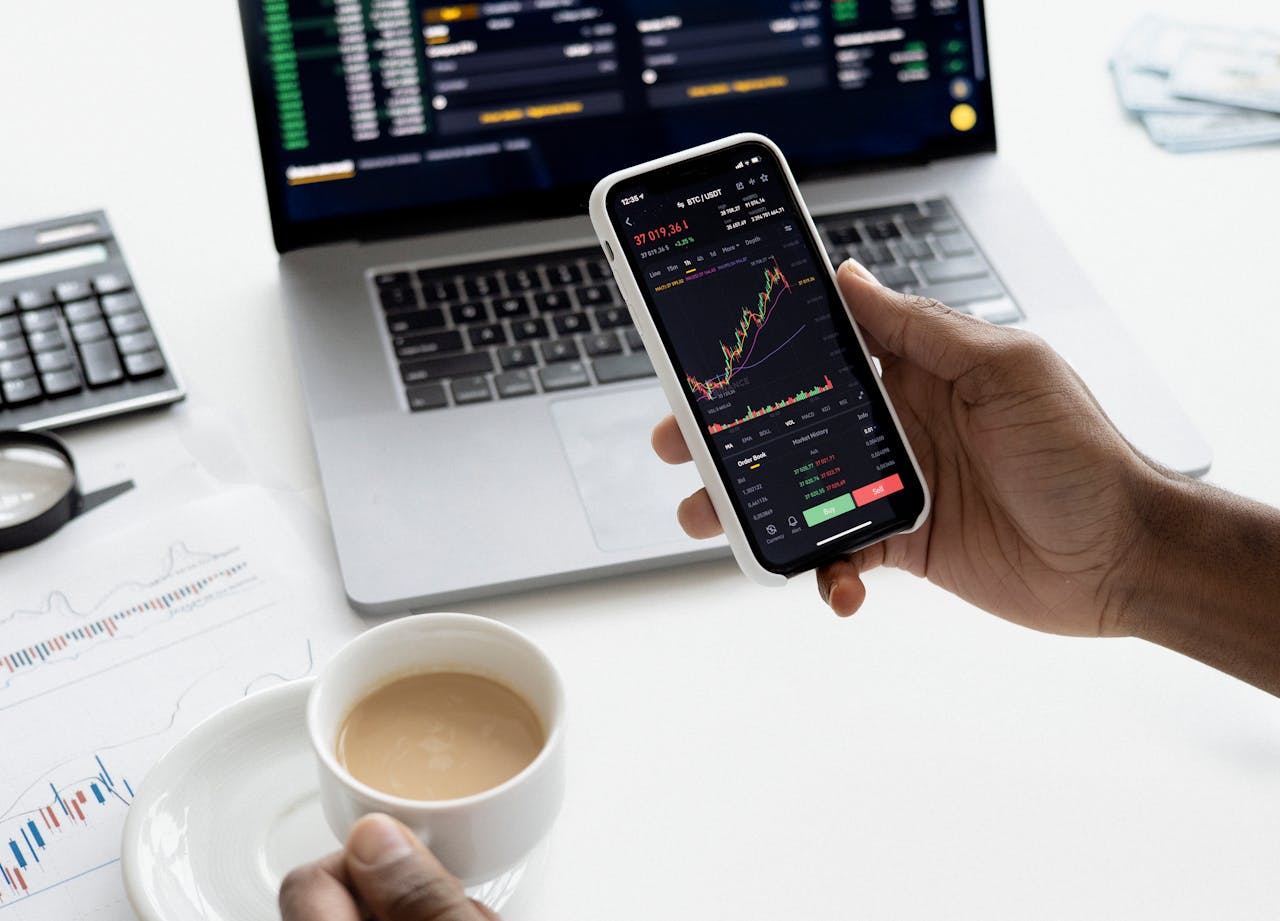

Indonesia's already volatile market conditions experienced a heavy downfall in the first following months of the pandemic. More than 7% of Indonesian were jobless by August 2020. The economy grew minus 3.49% by the end of the third quartile of 2020, officially putting Indonesia in recession.
There were less than a handful of industries that have benefited from the presence of the COVID-19 pandemic. But one sector rose distinctively. Throughout the year, various companies from once conventional sectors have taken a significant step on digitalization. In 2021 alone, approximately 10 to 15 local banks have taken an approach to digitalization in an enthusiastic fashion.

Source: unsplash
Perry Warjiyo, the Governor of Bank Indonesia (BI), has expressed the tight coordination between BI and Otoritas Jasa Keuangan (OJK) to support the digital payment dispersion system to push digital expansion in the banking industry.
One of BI's attempts to become a catalyst to banking digitalization was the implementation of Quick Response Indonesia Standard (QRIS), with the target of 12 million registered merchants this year.
Other industries may feel tempted to go into the digital transformation wagon by looking at the digital companies' growth during the pandemic. Shopee achieved a 72% user growth rate from Q3 2019 to Q3 2020, and Tokopedia reached a 28% growth rate in the same period. The total transactions made within Indonesia's e-commerce market was as high as USD 1.4 Million, contributing 11% to the Indonesian GDP. The degree to which e-commerce companies expanded in 2020 reached its all-time high due to the thriving dependency on online activities.
However, the road to total digitalization among Indonesian industries may not be as smooth as it seems. For example, as one of the Indonesian economy’s critical drivers, the FMCG industry experienced a merely 8% growth rate in 2020.
As much as the FMCG companies seek to shift toward the e-commerce market, unequal infrastructure becomes the most significant constraint. Logistics providers fail to provide accessible pricing to consumers living outside Java.
The multifaceted issues that prevent established companies from digitizing stem from the fear of complexities that may arise in their supply chain. The FMCG companies would not be able to settle in the digital market if logistic companies do not find other ways to reduce costs. Yet, cost restructuration relies heavily on the development of Indonesia's manufacturing corporations.

Source: unsplash
Digitizing comes with its own risk. It requires collaboration and a shared intention of giving societal benefits. A company's hesitation in adapting could disrupt the change process of its surroundings. However, Accenture suggests that the potential cumulative value to society and industries could reach up to USD 20 Trillion in 2025 from the total digitalization of automotive, consumer, electricity, and logistics sectors.
Digitalization fundamentally changes how the market behaves and how competition works—allowing only the most agile companies to stay ahead by understanding how to provide the consumers' needs best. However, the future of total digitalization in Indonesia's conventional industries seems still far away. Regardless of the officials' desire to doing so.

Revolutionizing Finance: An Overview of Digital Lending in Southeast Asia
Digital lending is poised to become the primary revenue driver for digital financial services in Southeast Asia (SEA) by 2025, outpacing digital payments. This growth is fueled by a 33% annual increase in digital lending, supported by technological innovations such as automated loan origination processes and seamless integration of financial services into digital experiences. These advancements have made it easier for consumers to access financing for various needs, including online shopping, travel bookings, and ride-hailing services.

IoT Integration in the SEA Automotive Lubricants Market
The Southeast Asia (SEA) automotive lubricants market is rapidly evolving with the integration of Internet of Things (IoT) technology. This transformation offers significant benefits, creates new opportunities in smart technology, and introduces innovative IoT solutions that can revolutionize the industry.

Embracing Robotization: Challenges and Opportunities in Industry 4.0
Robotization presents challenges and opportunities for businesses and the workforce, requiring companies to embrace this transformation.

Opportunities in the Indonesian Skincare Market
The rapid growth of the Indonesian skincare market presents significant opportunities for the beauty industry. Projections indicate a steady growth trajectory of 4.6% over the next five years, reflecting sustained consumer demand and market expansion. In this article, we will explore the various opportunities that the Indonesian skincare market presents for brands seeking to establish a strong foothold and thrive in this dynamic landscape.